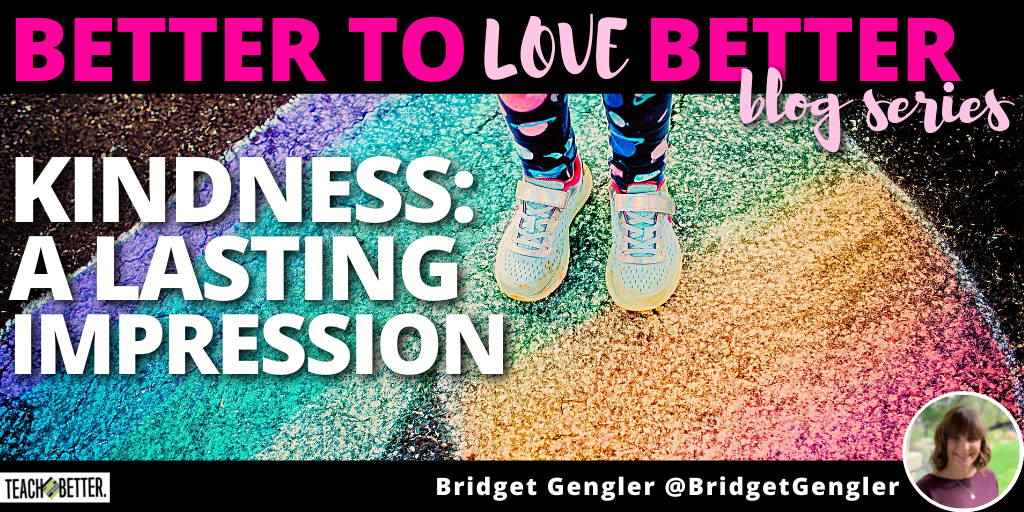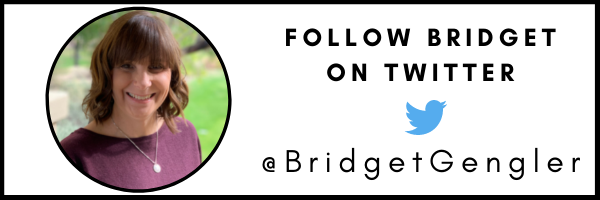TL;DR:
- Kindness can be embedded in your classroom every day.
- There are a lot of amazing resources you can utilize to model and teach kindness.
- Show students how to spread kindness and give them opportunities to do so.
People will forget what you said,
people will forget what you did,
but people will never forget
how you made them feel.
– Maya Angelou
Teach Kindness
Teaching my students to see beyond themselves and realize there is a world much bigger than they could ever imagine helps them to build more compassionate and empathetic hearts. We can teach this important message through a lens of kindness. Treating each other with kind acts, big or small, can be modeled and encouraged within the classroom and beyond. Once you start to make it a focal point in the classroom, it becomes part of the culture of the classroom.
There are many great ways to implement kindness in the classroom. The following are examples of strategies and methods that have worked with my elementary classes over the course of several years.
What if each student nominated two people who they felt needed some extra encouragement? We could possibly create a huge ripple effect that hopefully would reach many more than we could ever imagine. Click To TweetTeach Kindness: Ripple Effect
I love to teach my students the ripple effect that kindness can produce. A ripple effect is a series of things that can happen as a result of a particular action or event. There are many great children’s books that do an excellent job of demonstrating the ripple effect for children.
Each Kindness by Jacqueline Woodson is about a little girl who comes to a new school. The other students do not take advantage of extending kindness to her, and instead, they are unkind. Then, one day, she does not return to school. The teacher spends some time teaching the students about how kindness can spread through their actions. “Each kindness makes the world a better place.” The main character wishes she had that opportunity back.
This is an excellent book to show the students not only how kindness can create a ripple effect, but how our choices to treat others can be missed if we do not take the moments that we have when we have them.
Ordinary Mary’s Extraordinary Deeds and Ordinary Mary’s Positively Extraordinary Day by Emily Pearson are wonderful books that provide children with the example of the ripple effect. They show how Mary, just an ordinary girl, spreads kindness to a multitude of people through her one simple act of kindness.
This video Life Vest Inside – Kindness Boomerang – “One Day” is a hit in my classroom. It is an excellent representation of the ripple effect and gives students a concrete example of what can happen with one simple act of kindness.
How full is your bucket?
Teaching kindness in the classroom has a lot to do with modeling how to speak to each other. It is time spent on teaching children how to fill each other’s “buckets.” Tom Rath does a phenomenal job of showing that to children in his book How Full is Your Bucket? For Kids. It gives students a view into the day of the main character who experiences filling people’s buckets and emptying them. It is the idea that we all have invisible buckets.
Our actions and words can affect our buckets and the buckets of those around us. It promotes being bucket fillers, not bucket spillers. Sharing books with students that revolve around a theme of kindness is one great way to provide students with examples of how they can implement the acts into their everyday life. They can lead to conversations about situations and spark ideas of ways that they can spread kindness to others.
In my classroom, we have a kindness box with bucket fillers inside. Students find ways to fill each other’s buckets each day and write notes to each other. “ I am filling _____’s bucket because…” We spend time each morning during our morning meeting reading a few kindness notes. It encourages students to perform kind acts, and it also encourages them to recognize when others are being kind. We also display them on a kindness bulletin board for the world to see. Our goal is to continue to create the ripple effect.
Morning Meeting
During morning meetings, I do a series on kindness for a few weeks. Kindness is the topic and theme of the meeting. Each day there is an essential question about the topic. We spend time discussing the question and how it applies to our everyday life. Students share ideas on how to be kind. There are days when we roleplay situations and other days when we share our kindness experiences. We also spend time celebrating each other and filling each other’s buckets. I find short films or videos on the theme of kindness, and we discuss the message. Morning meetings are wonderful for many different reasons, but they definitely bring the class together and focus on community.
When the kindness series is done, I choose kindness ambassadors for the class who develop activities and challenges for the class. One thing they do is design “Caught you being kind” slips to pass out to students.
Kindness Letter-Writing Campaign
The kindness letter-writing campaign came alive in my classroom this year when I read a message in the Nextdoor app. The letter was from a local woman who was asking for letters to her 90-year-old father who was suffering from loneliness since the pandemic had started. She asked for some love and encouragement to be sent to her father. I reached out to her and asked for more information about her father so my fourth-grade students could write him letters.
I brought this information to school that day to share with my students. During our morning meeting, we had a discussion, and we talked about how we could hopefully begin a ripple effect. This led to more conversations about encouraging others and how we could reach more people.
[scroll down to keep reading]Teach Kindness: Building Character
So an idea evolved. What if each student nominated two people who they felt needed some extra encouragement? We decided that if each person in the class went home and thought of two people in their lives—family members, family friends, community members, neighbors—that they could nominate, then each week we could write a letter of encouragement to one of those people. We could possibly create a huge ripple effect that hopefully would reach many more than we could ever imagine.
Thus, the Kindness Letter-Writing campaign was born. We are in the thick of it right now. So the effects of it will be saved for a later blog.
Kindness can change the dynamic of a classroom and hopefully reach beyond the four walls. It is where going beyond academics and spending time on the social-emotional end of things is very crucial to building the character of each student. There should always be time in the day to address these needs. It can set a lasting impression in the life of each child affected by it.
About Bridget Gengler
Bridget Gengler is a fourth-grade teacher in Long Beach, California. She has taught bilingual education, general education, and GATE for the past 26 years. She’s passionate about building relationships and a strong classroom community that opens up doors of success for her students. She strives to empower all students to share their voices and their stories. Her class motto is “ You matter! You are important! You have a story to tell and we want to hear it!” She brings her love of reading and writing to the classroom in the hopes that it will promote lifelong readers and writers.
Bridget believes that self-care is essential in an educator’s life. She takes time to focus on gratitude, mindfulness, and kindness during the day. She contributes this balance to her success in the classroom.
Family is number one for her! Her most precious job is being a mom to four young adults, an energetic lab puppy, and a wife to a wonderful husband. When she is not teaching, writing, or reading she is creating memories with them. They love to travel, discover new restaurants, and watch professional baseball.





